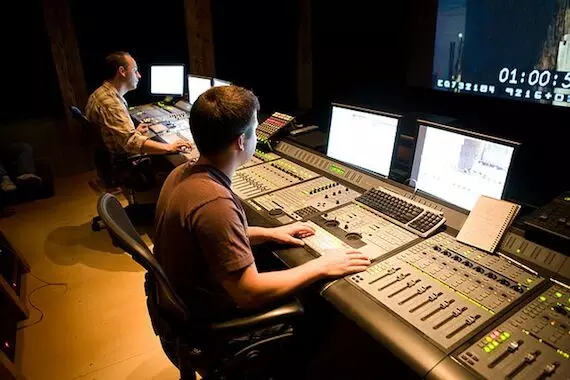Sound enhances the cinematic narrative

Sound in filmmaking is a crucial storytelling tool, enhancing mood, character development, and emotional impact. From setting the atmosphere to building suspense and world-building, strategic sound design immerses audiences and amplifies narrative experiences, making films more engaging and authentic.
Sound in filmmaking is a vital storytelling tool that significantly enhances the overall cinematic experience, evokes deep emotions, and intensifies audience engagement with the narrative. This intricate art goes beyond mere background music, creating a complex soundscape that immerses viewers into the film’s world. From the moment the film begins, soundscapes, including ambient noises and environmental sounds, set the mood and atmosphere, establishing whether a scene will be tense, suspenseful, or calm. These auditory cues are crucial for instantly transporting the audience into the story’s environment.
Music and sound effects play a pivotal role in evoking emotions. A powerful score can amplify the drama of a scene, while subtle sound cues can draw out empathy for the characters. The strategic use of sound can also be instrumental in character development. Unique sound motifs or themes associated with specific characters help the audience understand their personalities, emotions, and intentions, much like Darth Vader’s iconic theme in "Star Wars" signals his menacing presence.
In action sequences, well-designed sound effects heighten excitement and immersion. The roar of engines, the clash of swords, or the boom of explosions all contribute to a thrilling experience, making the on-screen action more visceral. Sound is also a master of foreshadowing and suspense. Mysterious or eerie sounds can create a sense of foreboding, building anticipation for what’s to come. This technique keeps the audience on the edge of their seats, eagerly awaiting the next plot twist.
Transitions between scenes are smoothed by sound, ensuring continuity and a seamless narrative flow. Sound bridges with similar audio elements connect different parts of the story, maintaining the viewer's engagement. Off-screen sounds suggest unseen actions or events, expanding the story beyond what is visible and engaging the audience’s imagination. Silence, used strategically, can be just as powerful as sound. A sudden absence of noise can heighten tension or emphasize a significant moment, drawing the viewer’s attention and amplifying emotional impact.
Different genres demand distinct soundscapes. Horror films rely on eerie effects, while comedies use lighthearted sounds. These tailored audio experiences reinforce the narrative style and tone unique to each genre. Furthermore, sound aids in world-building, establishing the era, location, or cultural background of the story, and enhancing the film's authenticity. In essence, sound in filmmaking is a multifaceted tool that profoundly enriches storytelling, making films a more immersive and emotionally resonant experience.










